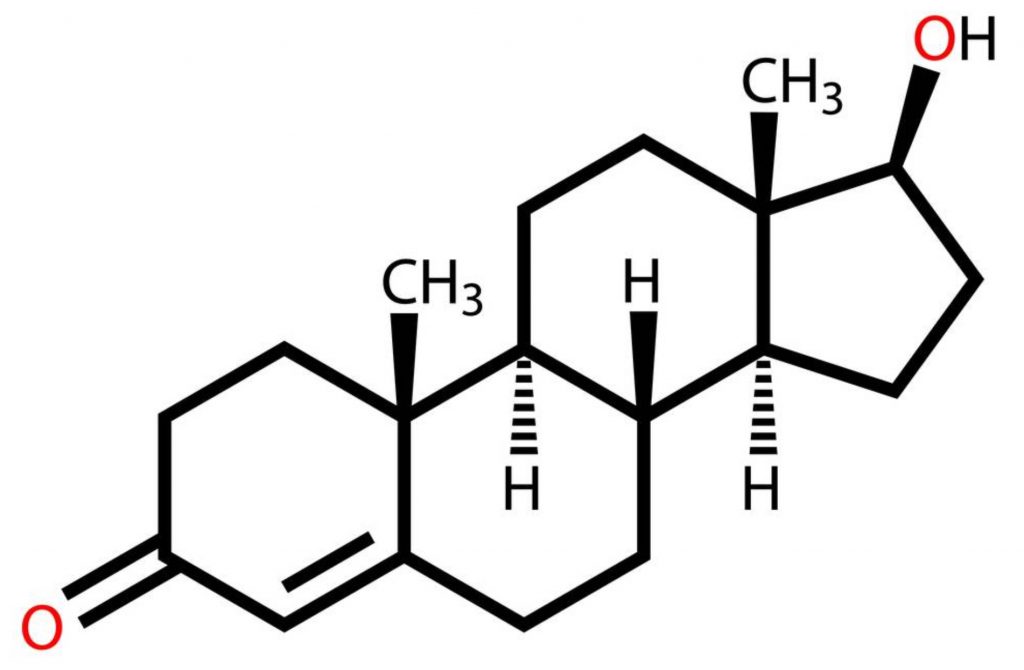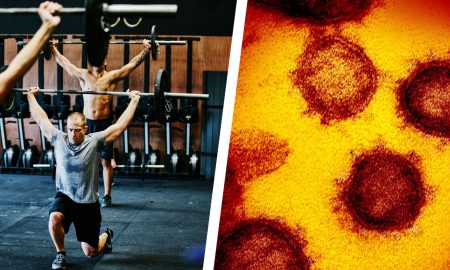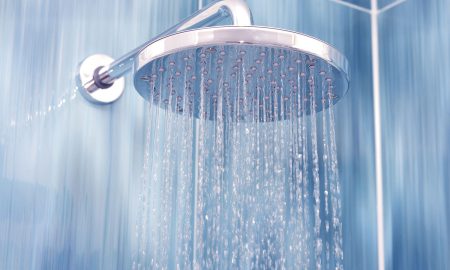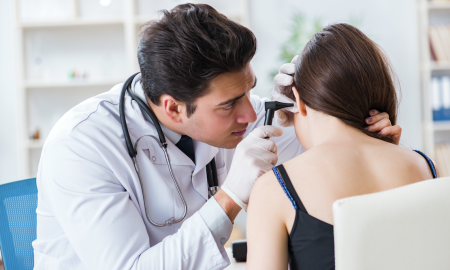
Females with low testosterone levels are susceptible to struggle with sexual stimulation maintenance. Low testosterone levels may change your testicle size and alter your emotions, quality of sleep, emotions, etc. Low testosterone levels decrease bone mass and sex drive in both men and women. You should be looking for signs of low testosterone to lessen their impact.
Low Sex Drive
Testosterone is more commonly associated with men, but it is also present in small amounts in women. The hormone helps provide the energy for sex in women and is a significant contributor to their desire, fantasies, and thoughts relating to sexuality. A decline in women’s testosterone levels happens as they age, which negatively affects muscle mass, skeletal health, and libido by reducing sensitivity in the vagina and clitoris. Lack of testosterone could be to blame for the possible decrease in libido brought on by birth control tablets. As a result of estrogen’s binding to testosterone, a woman’s libido may decrease when taking the pill. Get innovative and integrative vaginal healthcare, powered by a state-of-the-art vaginal test kit.
Difficulty to Reach an Orgasm
The hormone testosterone is the catalyst for the sexual response in a woman that culminates in an orgasmic climax. Since a man’s T level is correlated with his sexual drive and disposition, if a female T is low, she may not experience the same level of libidinal and arousal responses as a man would. A woman cannot have an orgasm unless she’s in the right mind and stimulated sufficiently. However, insufficient stimulation owing to a lack of expertise in sex matters may also lead to the inability to orgasm. Therefore, in this scenario, it is up to the woman to decide whether or not she felt sufficiently stimulated to have an orgasm that did not occur.
Depression
Changes in estrogen and progesterone levels and their effects on mood are well-known to impact behavior during the menstrual cycle. Despite its impact on female behavior, the role of testosterone is often overlooked. Females are more vulnerable to depression and demonstrate greater symptom intensity. Ovariectomy and menopause may dramatically decrease serum testosterone, leading to depression. Serum testosterone levels are lower in depressed women than in those who are mentally healthy.
Loss of Muscle Mass
Muscle wasting happens when one’s muscles shrink and become weaker due to low testosterone levels. You may sense less vigor, stamina, or power even if you do not observe a physical change in your muscles. It is possible that you just cannot run as far or bench press as much weight as you once could. T usually interacts with androgen receptors on muscle cells, causing them to become more robust. Maintaining robust muscle fiber strength and integrity is facilitated by testosterone’s effect on muscle cells. If your androgen receptors are not getting enough testosterone, your muscle cells will not be able to keep your muscle fibers from breaking down. Your muscles will atrophy over time.
Bone Density Loss
Osteoporosis and bone fractures are more common in women with low testosterone levels. A woman’s ovaries and adrenal glands produce a trace amount of testosterone. Testosterone has a significant effect on a woman’s bone health and development. Low estrogen levels are a significant risk factor for osteoporosis in women. Medical professionals often advise patients to undergo testosterone replacement therapy when testosterone levels are low. TRT has positively affected fracture risk, sexual function, and quality of life.
Thinning Hair
Inadequate testosterone levels are one of many hormones that might contribute to hair loss in women. Females with low testosterone levels may experience hair thinning or bald patches around the head’s temples, hairline, and crown. You may also notice a reduction in how often you need to shave other body parts, such as your armpits or legs. These may also be symptoms of low testosterone in women. Hormonal changes are the most common cause of hair loss in women. Seek advice from a medical professional and investigate possible causes to avoid more severe health problems. Once the root reason is identified and treated, you may start to feel more like yourself and enjoy an overall improvement in your quality of life. This has implications for your health beyond merely maintaining or improving your appearance.
Lack of Sleep
While lack of sleep may be attributed to many other causes, low testosterone levels are one of them. Women need to get enough sleep to recharge and heal. Your body repairs and restores itself when you are sleeping. The majority of a woman’s daily testosterone production occurs during sleep. Sleep deprivation would logically lead to a decrease in testosterone levels. Therefore, if you want to increase your testosterone production, you need to improve the quality and consistency of your sleep.
Chronic Fatigue
Chronic fatigue is one of the most prominent signs of low testosterone levels in women. When testosterone levels in women drop, they often experience fatigue. While a decline in energy is natural with age, if it interferes with your everyday life to the point where you cannot get anything done, it may be time to make some adjustments or help. Among the several hormones responsible for keeping women energized, testosterone plays a pivotal role. Lowered testosterone levels are a common side effect of aging in women. When a person reaches the age of 40, they begin to see a decline in T levels.
Increased Body Fat
Midsection fat gains are a possible sign of low T. Normalizing testosterone levels requires more than just picking the proper medication and sticking with it. Maintaining a healthy fitness level is also crucial. The breakdown of testosterone is sped up by obesity. Therefore, the more fat you carry, the quicker you deplete the hormone. The state of your health matters, so if you want to maximize the benefits of your medication and testosterone, you should focus on maintaining a healthy weight through regular exercise and a healthy diet.
You must know the signs of low T to determine early treatment options. Most testosterone therapies are designed for males, whose testosterone levels are naturally much more significant, but there are some choices for women who experience low testosterone before menopause. Testosterone for women is gotten through pills, patches, lotions, gels, or even implants. The best way for individuals to learn about their testosterone therapy options is to speak with their doctors. Postmenopausal women take Estratest, a combination of estrogen and synthetic testosterone.


















Follow Us